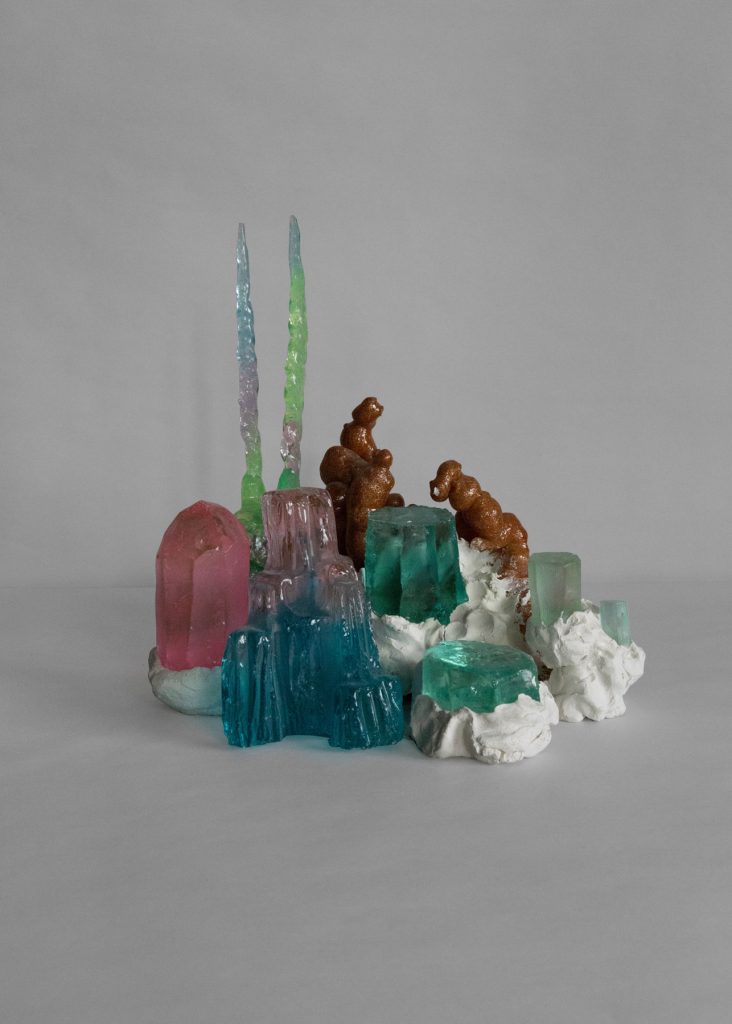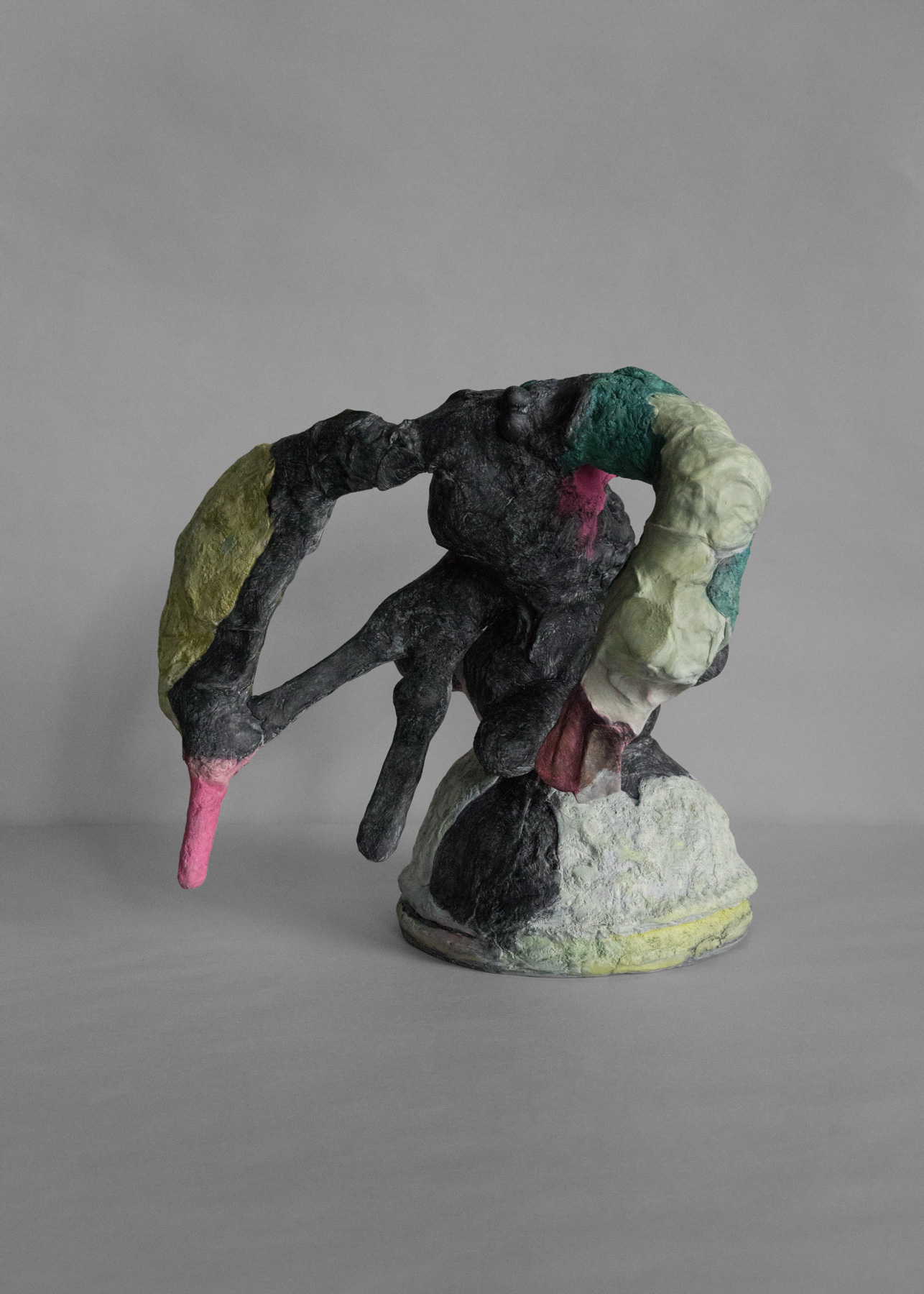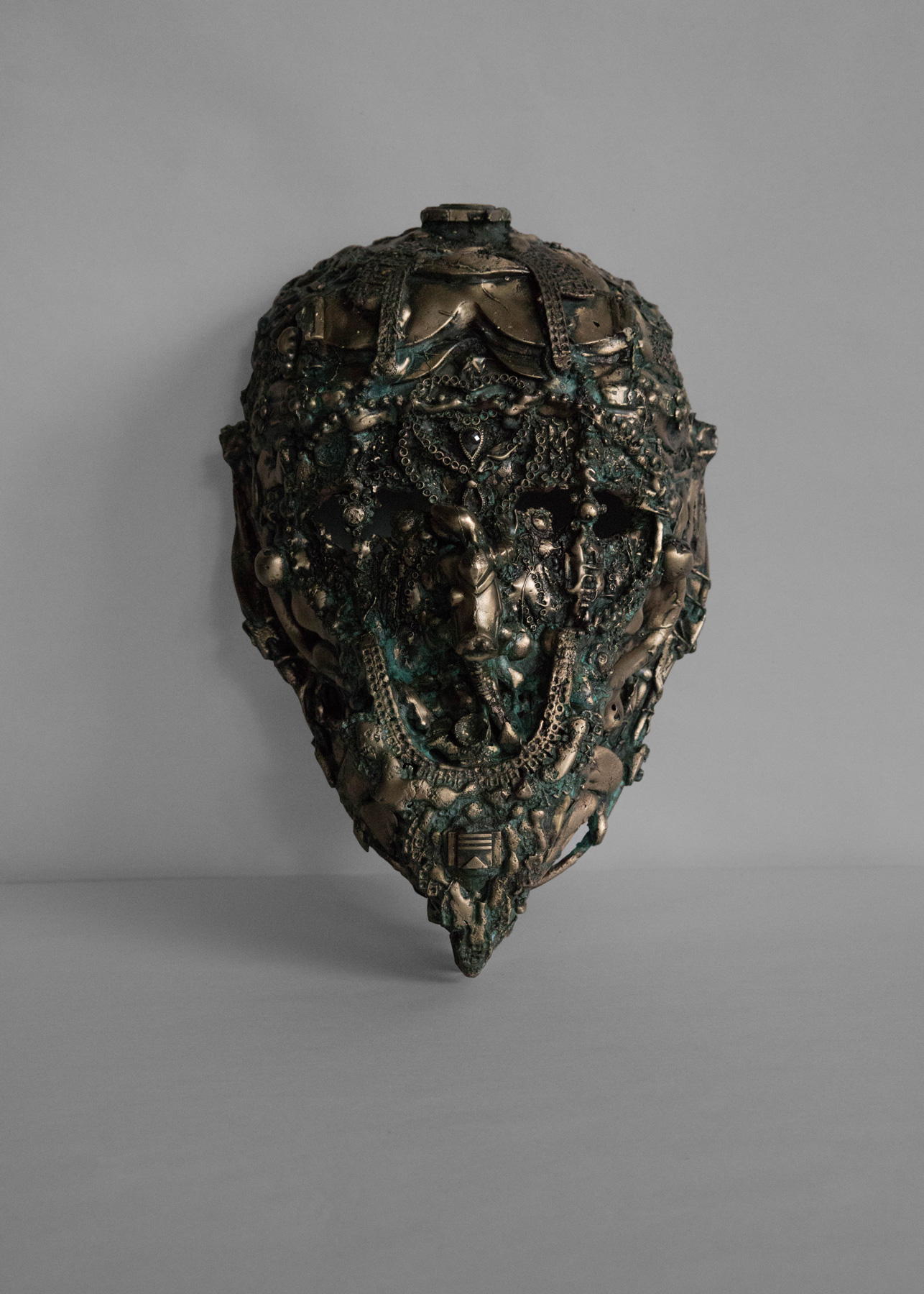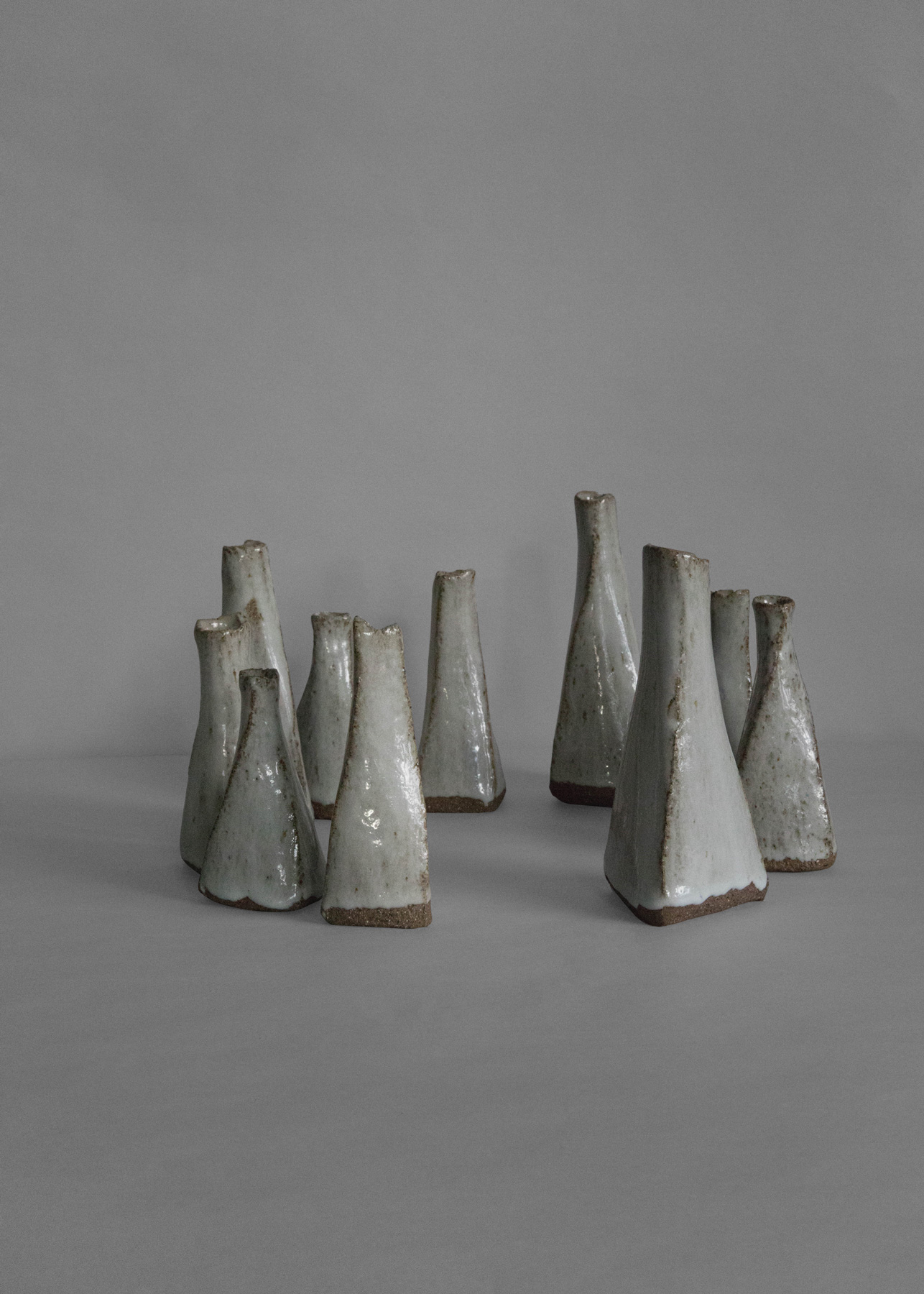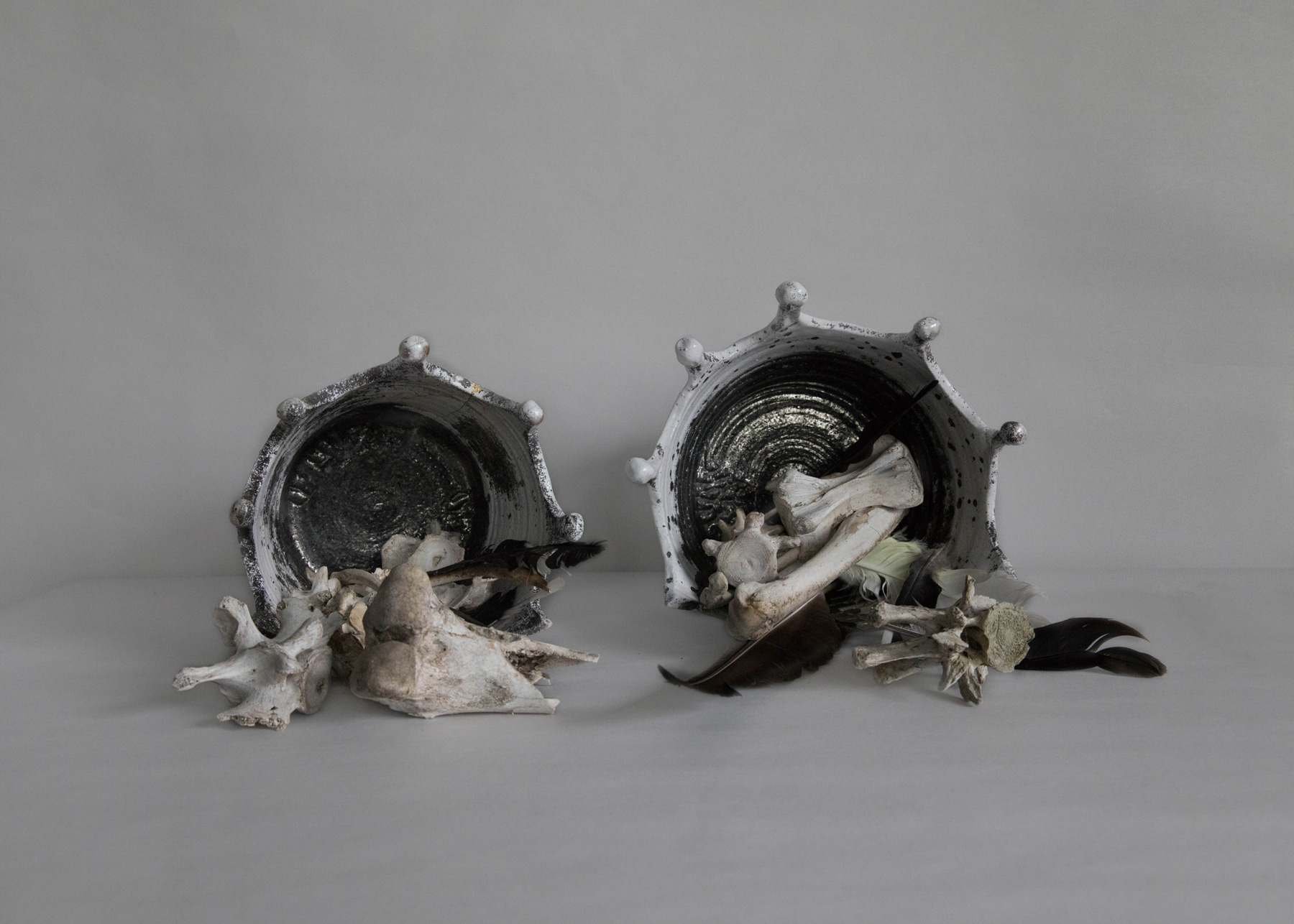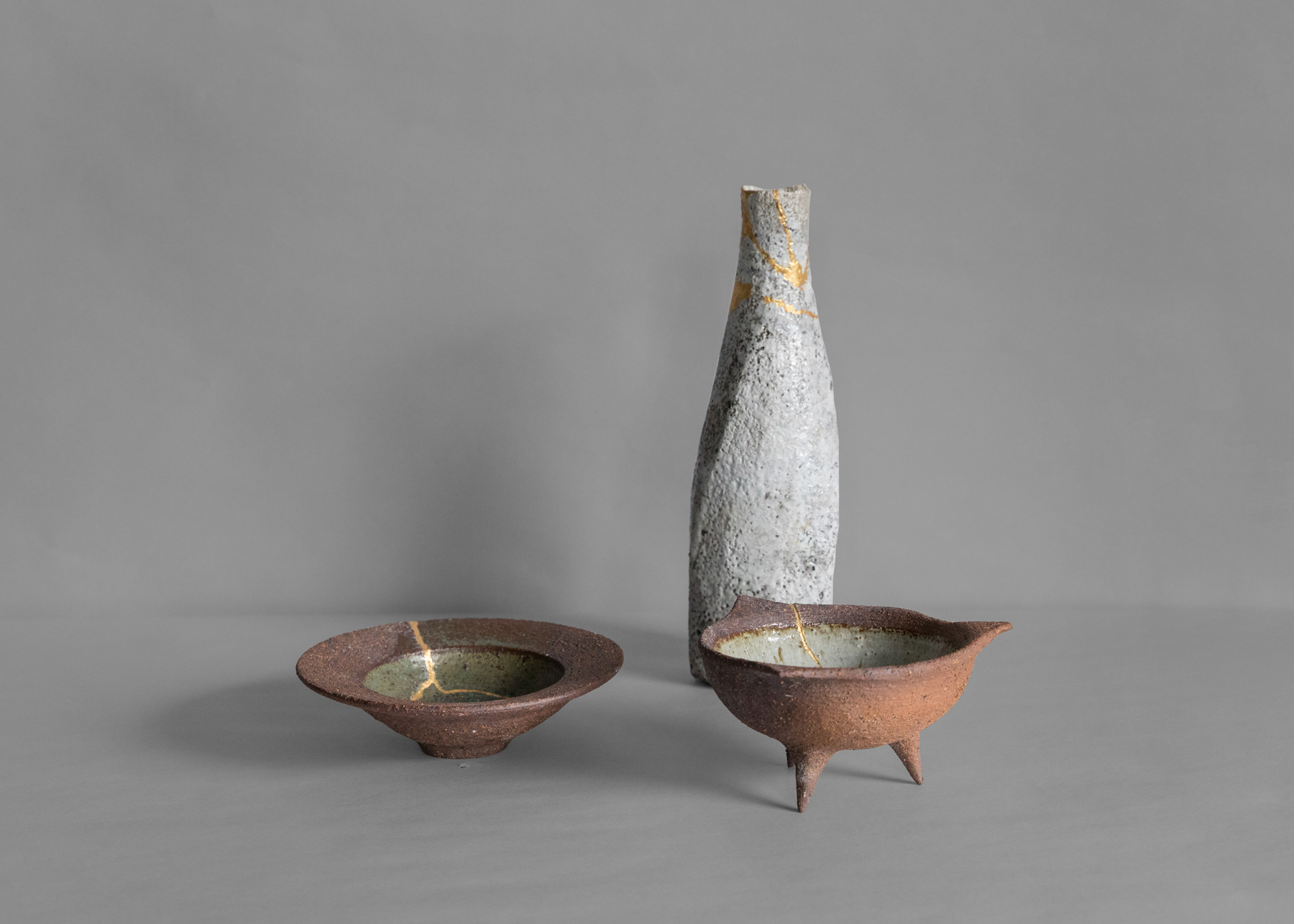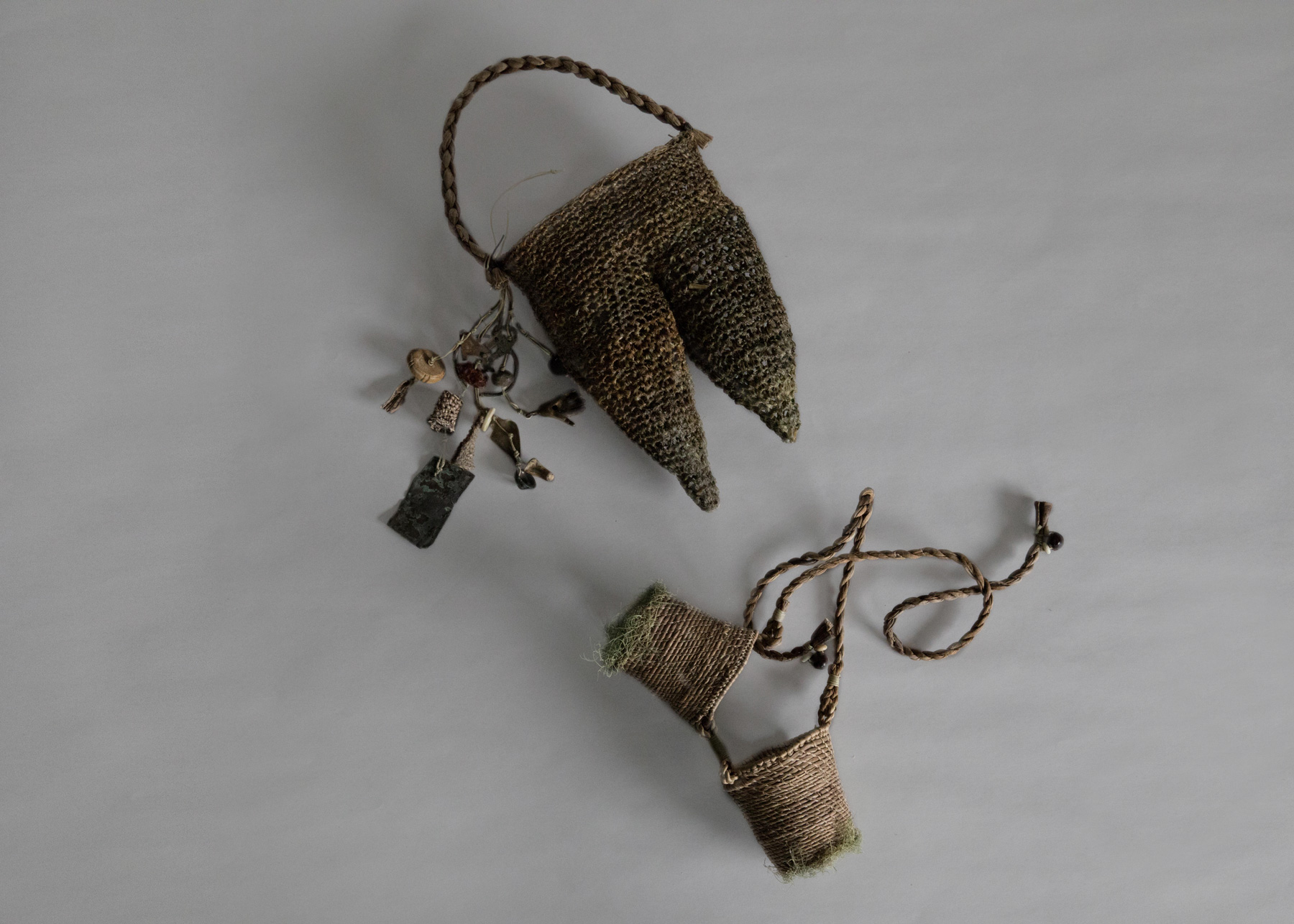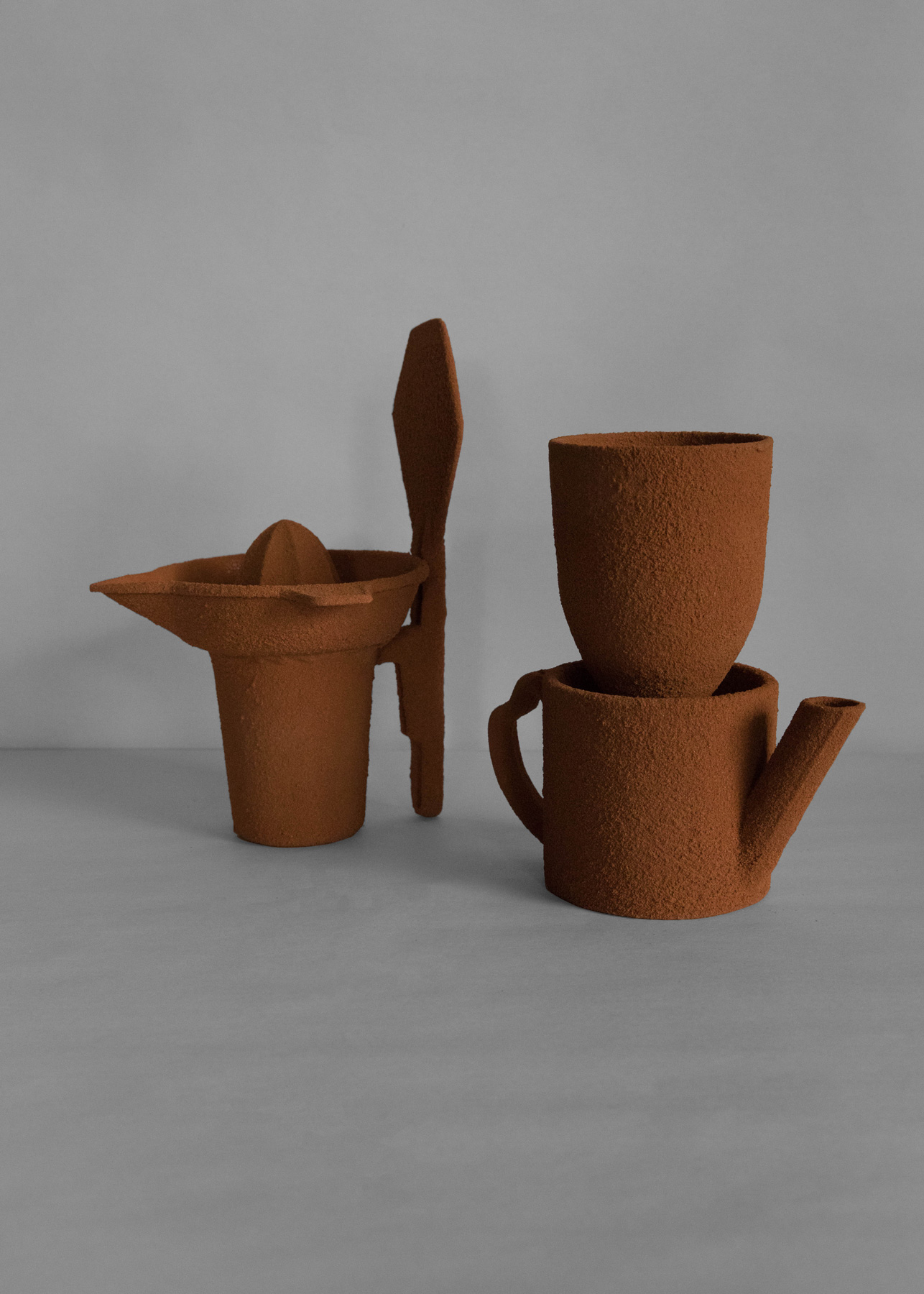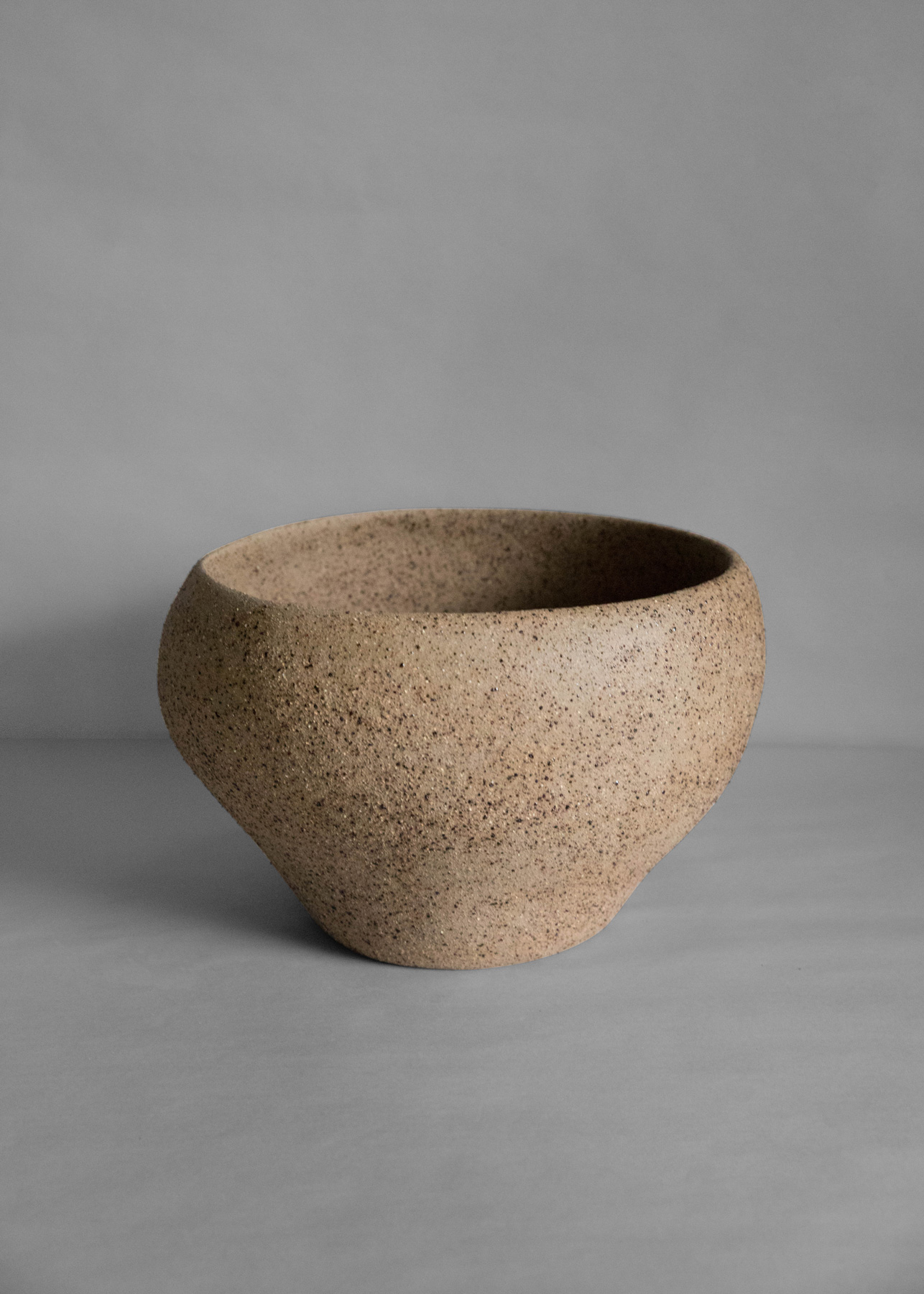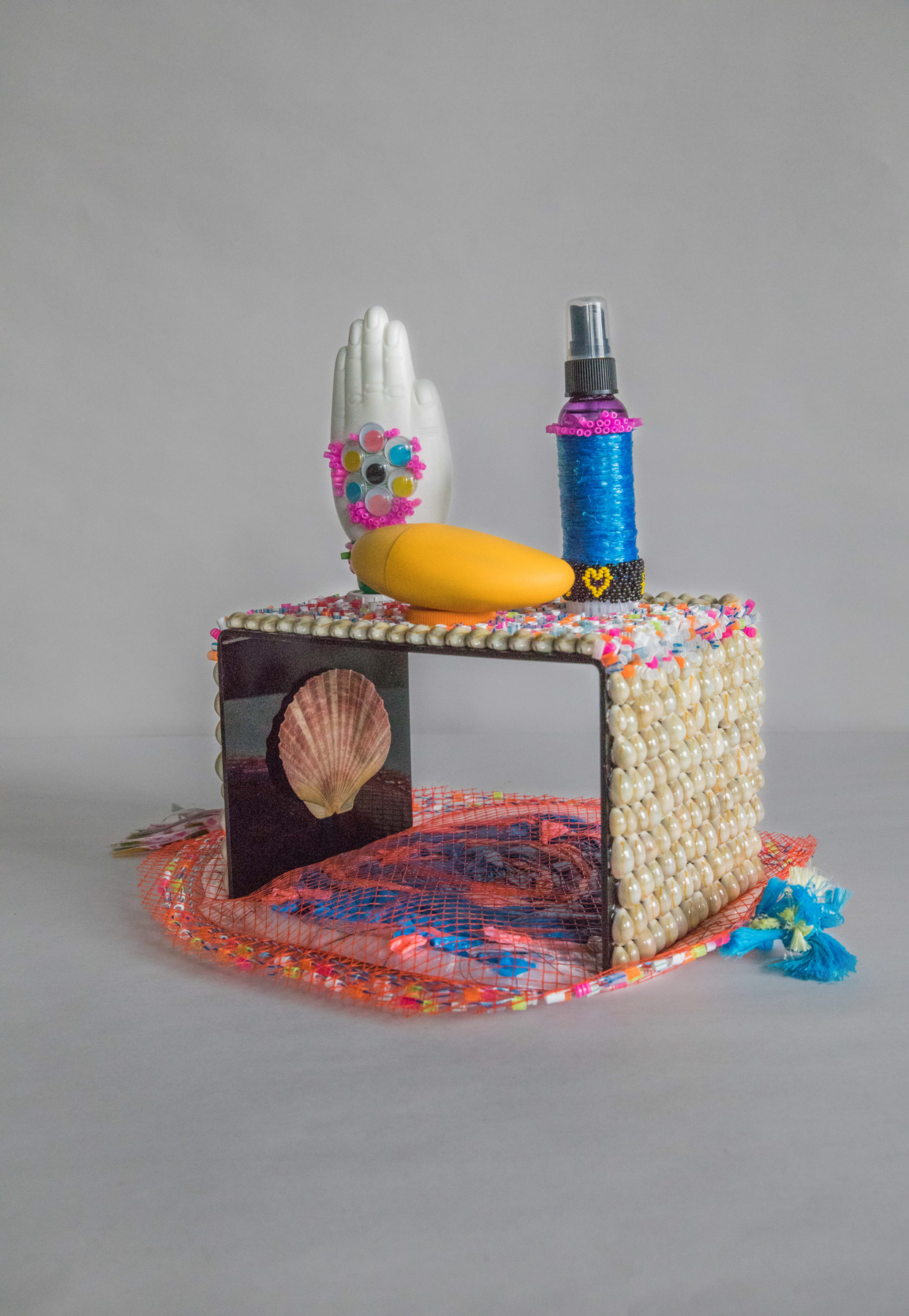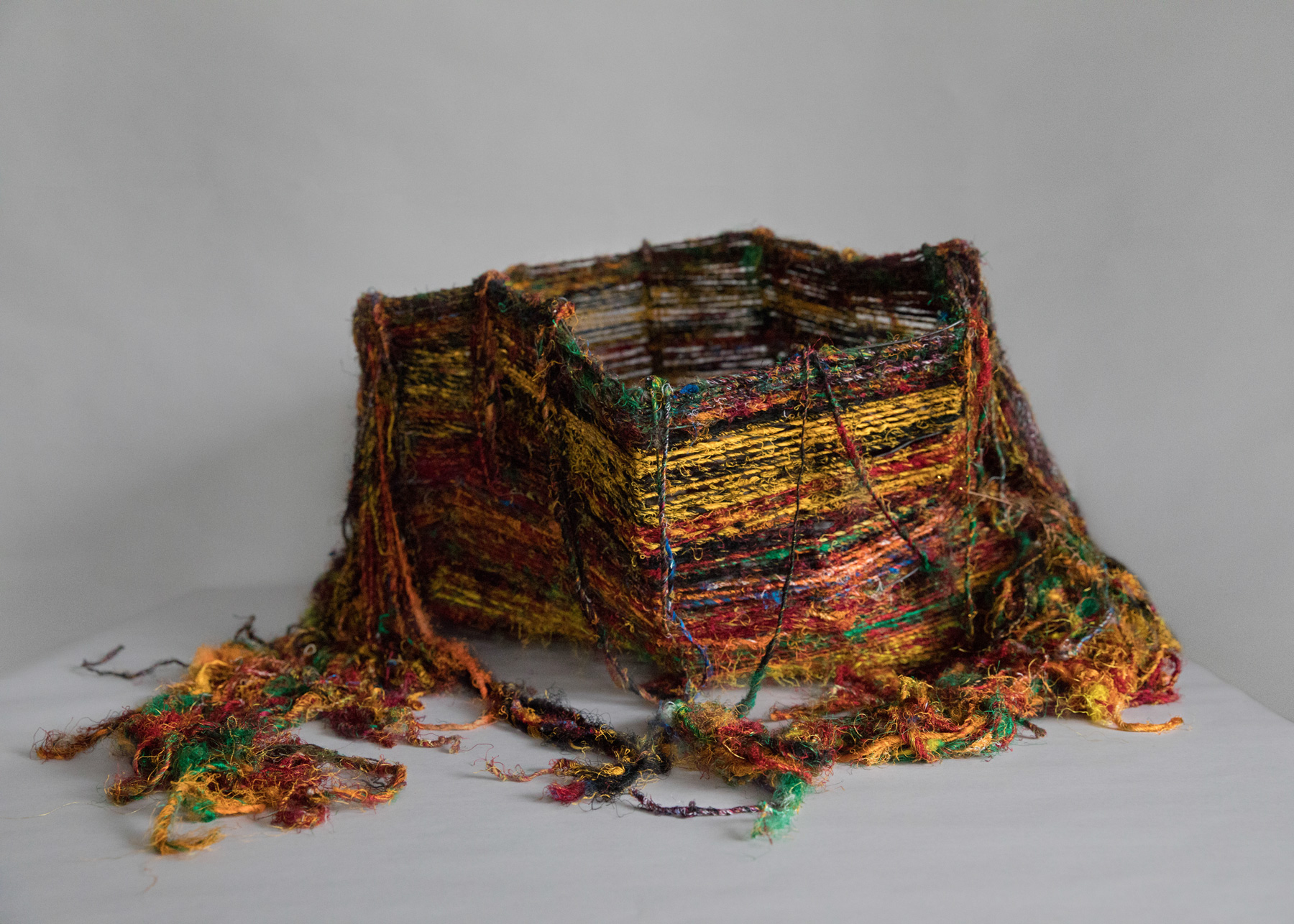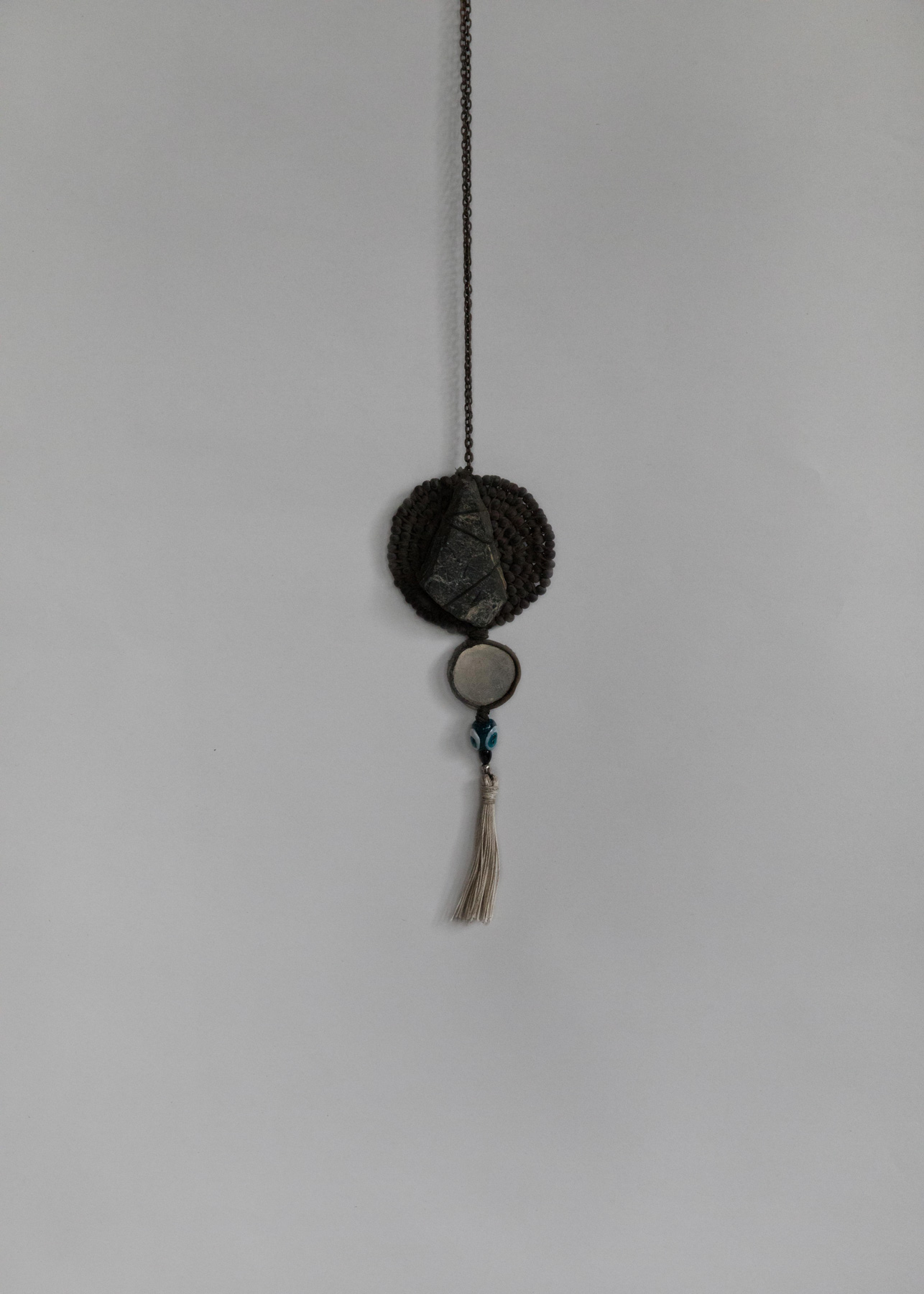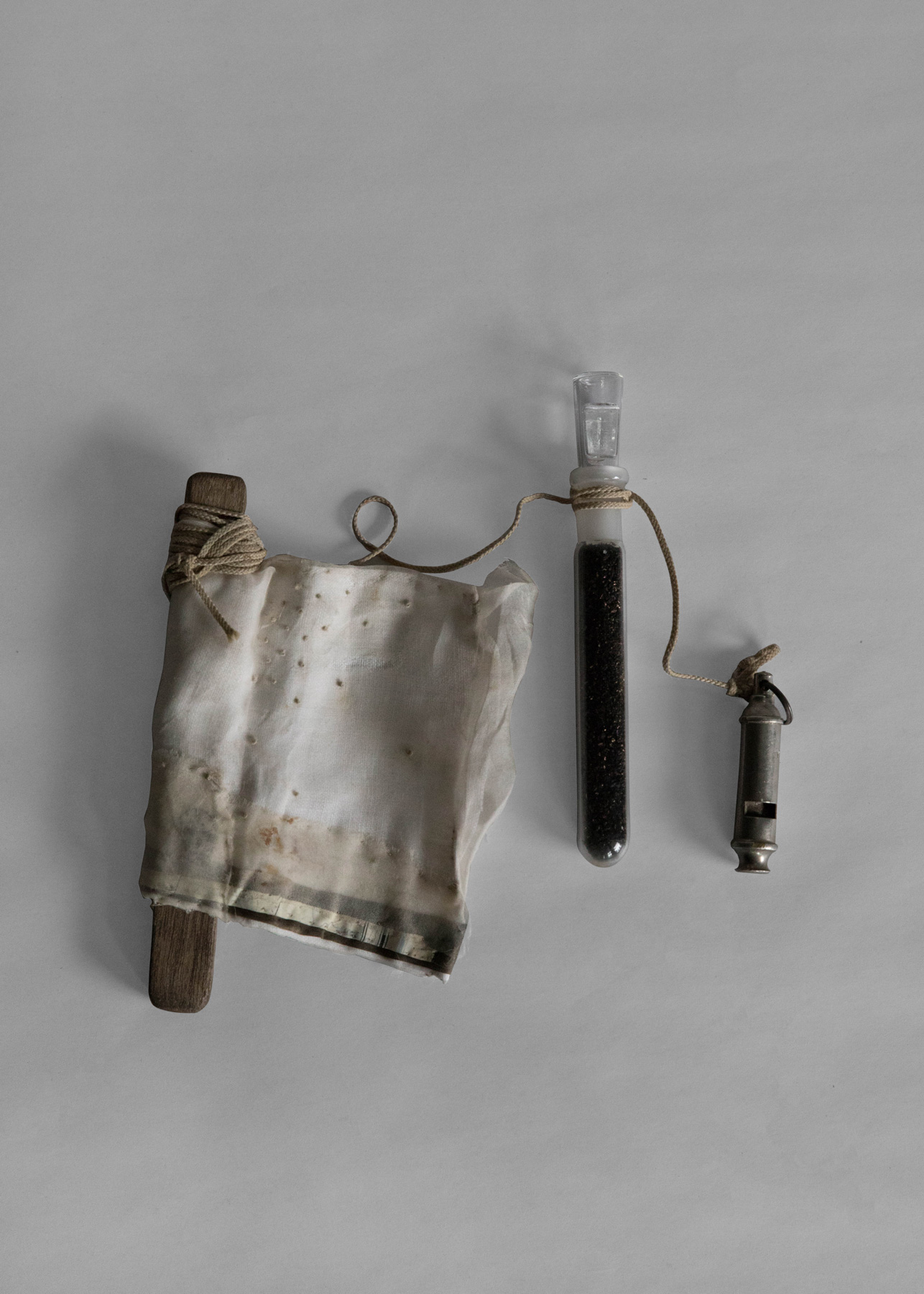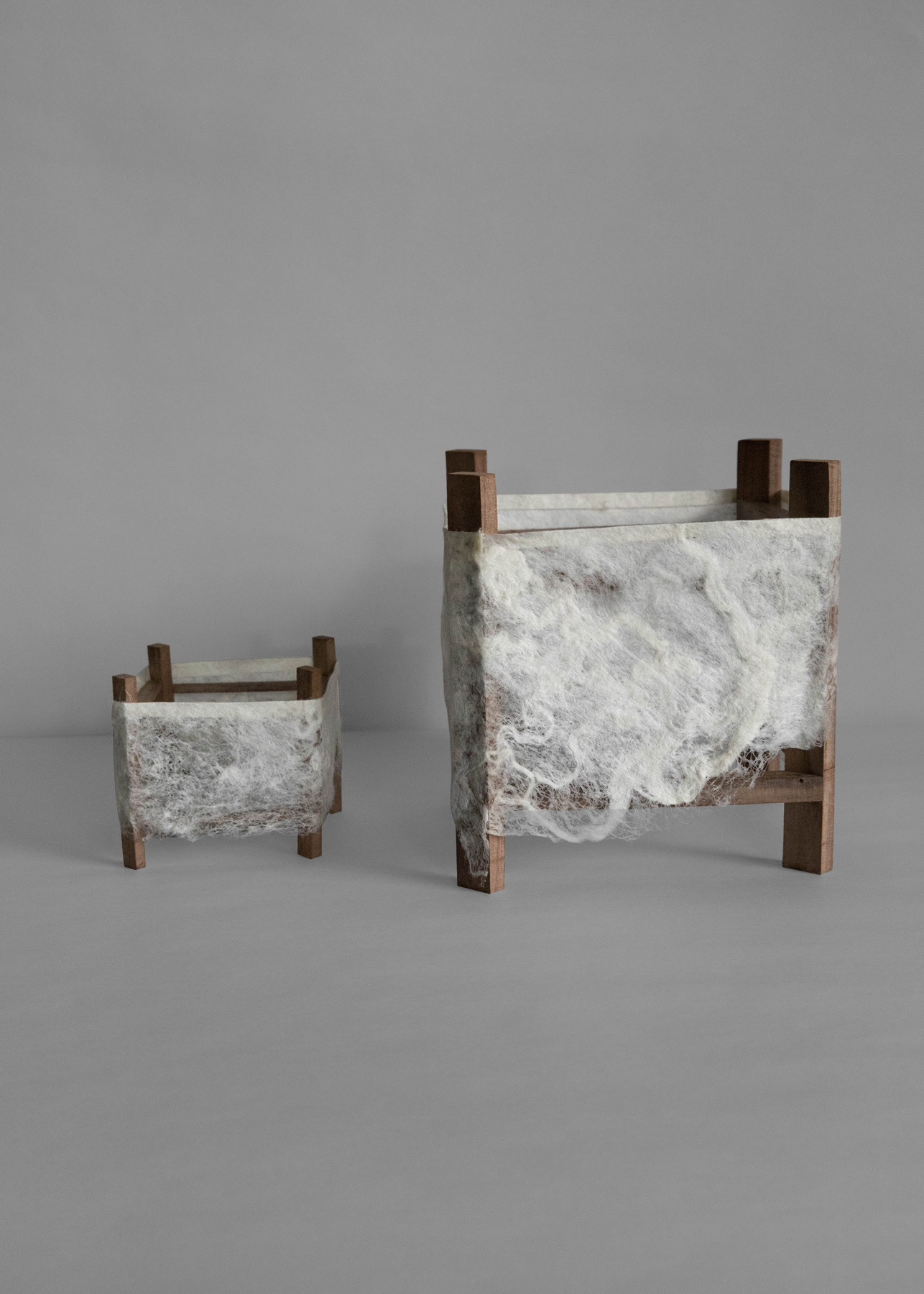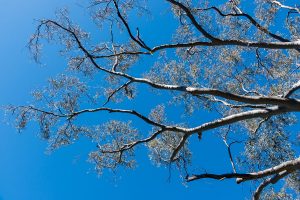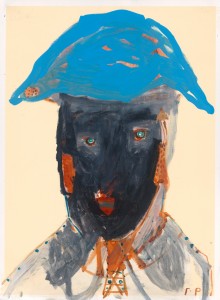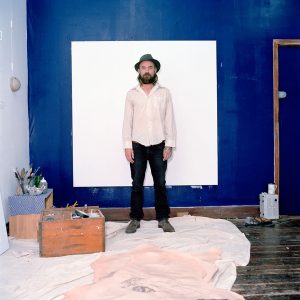1. They did what human beings looking for freedom, throughout history, have often done. They left.
Stories
Stories
What we are thinking about,people we’ve met,what we’re up to.
By Date / A-Z
The Stories of the Objects from Rainbow’s End
(Art)
‘Rainbow’s End’: a collection of artefacts from a possible future curated by Heath Killen.
The year is 2060. A series of catastrophes have decimated the earth’s population. Global communications have been destroyed. We are alone. Here in Australia, those of us who have survived have formed tribes, living in small pockets of the country that are still habitable. We are scattered across the land: the mountains, rivers, deserts, and forests. We create communities in response to our new homes. We use the materials available to us – either found in nature or scavenged from the ruins of nearby cities and towns. Rather than rebuild the civilisation that we lost, we try to forge a new future that will set us on a different path than the one that brought us here.
1.’Idol’ made by Kate Rohde from resin and air-dry clay.
Before the eruptions many resources had already been deleted. Plastics remained however – pervasive and abundant. In the mountainous, volcanic region much of this plastic collected and settled. During the eruptions the earth’s plastic was melted down and transformed into new and fantastical geological forms. We found these forms and now we worship them as symbols of the power of nature. This idol is made from forms found on different parts of the mountain and a small deer skull that was fossilised in the plastic eruption.
2.’Radiant Being from the Edge of Tempe Tip’ made by Dave Teer from apoxie sculpt, stainless steel, recycled plastics and masking tape.
This oddly disfigured object was found on the edge of the old Tempe tip site, just next to the West Connex tunnel that is being excavated to provide new underground shelters for our people.
We aren’t sure what this find is… Was it an idol from the time before or after “the event”? It is hard to say. It seems to be an amalgam of objects and ideas. Maybe it has a religious connection, maybe it’s a portrait, or the manifestation of someone’s dream. Maybe it’s just a child’s act of play.
Whatever it is, or whatever it stood for, its original context remains a mystery and for the minute it sits here in the crib room with us. The scholars have deemed it as being of now value; but the opinions of the scholars aren’t highly valued these days either.
3.‘Death Mask for The Equation’ made by Fred Fowler from bronze.
This bronze mask was made in an attempt to stop time. To immortalise a figure long gone known as THE EQUATION. Also known as RAMMELLZEE; he warned us of the oppressive nature of the Roman alphabet. He urged us to fight a symbolic war with “slang and tonics” to take control of the revolution rather than accept the evolution of our future shaped by those with power; drawn from their knowledge and spelt out neatly in straight lines to fit their system. Since “the events” we have been equalised. The slates were cleared. But power structures are again beginning to form. A new evolution is inevitable. We look to RAMM:ELL:ZEE to guide us on a path of equality through deconstruction. To use our letters and language as weapons for freedom.
4.’Spin’ made by Valerie Restarick from clay.
Spin was what we were fed as news for a long time just before the disasters. It made us lose sight of the real news, what we now call the forgotten news. The forgotten news – evidence of our irreversible impact on the climate, news of the civil wars in far off places, the struggles of those who seemingly had no impact on our own daily lives. If there is one thing to be said for the disasters it’s that they were an equalizer. Now, we’re all in the same boat. It has given us empathy. We finally understand each other as beings. Not as statistics, not as numbers crossing the ever-rising seas in search of safety.
5.’Crown’ made by Valerie Restarick from clay, feathers and bones.
The crown is not worn as it once would have been. Instead it is an offering, an apology. We fill it with regret, bird bones and feathers that we find on our daily scavenger hunts. We pray for the return of the birds that are now all gone. It is quiet here without them. Without them and without the trees that they once lived in.
6.’Fallen’ made by Valerie Restarick and Michael Gray from clay and gold.
In this new world we make do with what we can find. We forage for materials to make the things we need. Now that the trees are gone and the mines are depleted our raw materials are no longer wood and metal. Now they are plastic (of which we have plenty), Styrofoam, and paper (once discarded in landfill and unable to decompose).
On occasion, we find ceramics. They are always broken. We piece them back together with gold which used to be very valuable but is now relatively useless as we don’t make electronics anymore and jewellery made from metal is a folly.
7.’Safety Goggles with Etui’ (for the ‘Lofty Thoughts Processor’) made by Helle Jorgensen from banana, hemp, lichen, beeswax and found objects B.C. (before cataclysm).
The ‘Safety Goggles with Etui’ come from a small tribe living on the border of remnant rainforest and open grassland in subtropical Australia. They are used to protect the operators of the ‘Lofty Thoughts Processor’; invented by the tribe’s healers as a remedy for helping tribe members to deal with the big, philosophical thoughts of our new time.
8.’PPW (Post Petroleum Works)’ made by Dale Hardiman and James Walsh from found plastic objects, Central Australian red ochre and binder.
Because of our once vastly excessive use of petroleum and the effect it had on the environment; plastics have been banned. It is illegal to own anything that has been made from petroleum… We are only allowed to produce objects from natural and renewable materials. And their lifespans can’t exceed our own. Those that do still own plastic objects disguise them to avoid penalties.
9.’Ceremonial Bowl’ made by Liane Rossler from clay and beeswax.
By 2060, the population has hit 10 billion. The sea levels have risen and space has become a valuable commodity. People had become resourceful and adaptable. Civilization hit its ‘peak stuff’ capacity earlier in the century. As a result, people are now appreciating the really valuable things in life that support survival. This bowl is designed to be as adaptable and multi-functional as possible. It is a form of primitive simplicity and timelessness. It is transportable, hard wearing, and can be used to pay tribute to what is placed inside it, such as food or water or plants. It is designed be used in a pushme-pullyou twice as useful way.
10.’Ceremonial Alter’ made by Kevina-Jo Smith from found plastic objects and shells.
This small ceremonial alter is used for our plastic worship rituals. It is made from plastic objects washed up on our tribe’s beaches. We realised long ago that plastic should be treated as a precious commodity not as a material for single or limited use objects. We make many objects from the plastic we find. We wear them proudly and use them wisely.
11.’Akuna Kuranya’ made by Tracey Deep from wire and hand spun raw silk fibre.
My tribe is from Lake Eyre located in the Simpson Desert, named Kuddimukra. My woven offering ‘Akuna Kuranya’ (flowing water, rainbow) was made from found rescued recycled silk fibres and rusted metal from nearby ruins. It was made as an offering to the rain spirit. When hung off a tree and left blowing in the wind it dances to encourage the rain spirit to flood our wells. Our connection to mother earth is our source of survival for our future.
12.’Voting Pendant’ made by Peachey and Mosig from rock, glass, thread, leather, copper, nickel, silver, and silk.
This voting pendant belonged to a family in the southern mountainous area of what was once known as Australia. The people of the area were known to follow an ambilineal descent principal. The pendant was passed through the family to the individual deemed best able to argue for the family’s interests. Each pendant equated to one vote in the larger group gatherings where issues of territory and resources were discussed. Families in this area were small groups of individuals who committed to share the work involved in survival. Although often related by blood this was not always the case.
13.’Scouting Remnants’ made by Peachey and Mosig from silk, cotton, thread, graphite, wood, brass, nickel, glass and potassium permanganate.
These are the remnants of what is believed to be a kit used by scouts looking for clean water sources. It is thought that the scouts travelled in pairs for months at a time in search of the rare springs free from contamination.
14.‘Jellyfish’ made by Grace Wood and Sean Tran from wool and wood.
When speculations first began about global warming, many years ago, the focus was on those species that would die out. As predicted; the most vulnerable species died first. Amongst many others – the Polar bears, the Adelie penguins and the Green Sea turtles. When the catastrophes happened, it wasn’t just the human population that was decimated. 99.99% of the earth’s species died. We are left with a handful of animals – wild boar, feral cats, rat snakes, mosquitoes, the Brown Argus butterfly, and jellyfish. As temperatures increased the jellyfish thrived. We watched the jellyfish in the wild; subtly luminescent and lingering in suspension. We conceived of ‘Jellyfish’ as a garment for a body of light to use in our everyday lives, serving as a reminder of the subsurface effects of global warming.
